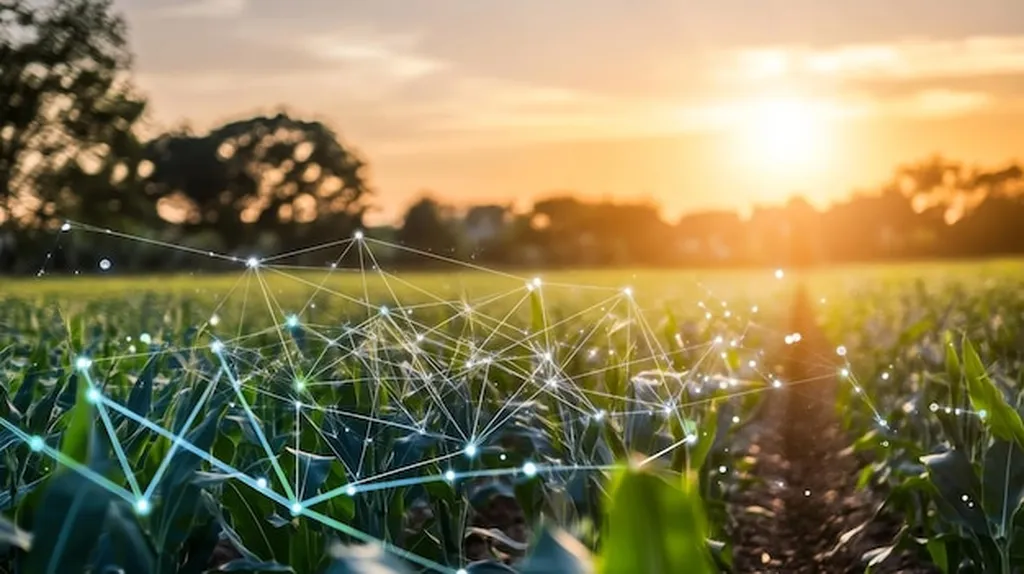In the heart of the U.S. Corn Belt, a novel approach to crop yield prediction is taking root, promising to revolutionize precision agriculture and plant breeding. Researchers, led by Anirudha A. Powadi from the Department of Electrical and Computer Engineering at Iowa State University, have developed a deep-learning-based method that enhances yield prediction accuracy by disentangling genotype and environment features from high-resolution satellite imagery.
The study, published in *Frontiers in Plant Science* (which translates to *Frontiers in Plant Science* in English), focuses on improving pre-harvest yield predictions at the plot scale. Traditional methods rely on satellite-derived vegetation indices (VIs) and machine learning models like principal component analysis (PCA) and autoencoders (AE). However, Powadi and his team have introduced Compositional Autoencoders (CAE), a deep-learning approach designed to separate genotype (G) and environment (E) features more effectively.
“By disentangling these features, we can better incorporate genotype-by-environment (GxE) interactions into our predictions,” Powadi explained. “This leads to more accurate and earlier yield predictions, which are crucial for informed decision-making in agriculture.”
The research utilized a dataset of approximately 4,000 satellite images collected from replicated plots of 84 hybrid maize varieties grown at five distinct locations across the U.S. Corn Belt. The CAE model demonstrated significant improvements, enhancing early-stage yield predictions by up to 10% compared to traditional autoencoder-based features and outperforming vegetation indices (VIs) by 9% across various growth stages.
One of the most striking findings was the model’s ability to separate environmental factors effectively, achieving a high silhouette score of 0.919. This indicates that the CAE model excels in clustering environmental features, a critical aspect for accurate yield prediction.
“The CAE model not only improves prediction accuracy but also shows strong generalizability,” Powadi noted. “It performs well in unseen environments and with unseen genotypes, making it a robust tool for future applications.”
The implications of this research are far-reaching. Accurate and early yield predictions can enable better resource allocation and improved crop management for both breeders and growers. This, in turn, can lead to increased productivity and sustainability in agriculture.
As the world grapples with the challenges of climate change and food security, advancements in precision agriculture are more important than ever. Powadi’s work represents a significant step forward in this field, offering a powerful tool for enhancing yield predictions and supporting informed decision-making.
The study’s findings suggest that the future of agriculture lies in the integration of advanced technologies like deep learning and satellite imagery. By leveraging these tools, researchers and practitioners can gain deeper insights into the complex interactions between genotype and environment, ultimately leading to more efficient and sustainable agricultural practices.
In the ever-evolving landscape of agritech, Powadi’s research stands out as a beacon of innovation, paving the way for a future where technology and agriculture converge to feed the world more sustainably.

